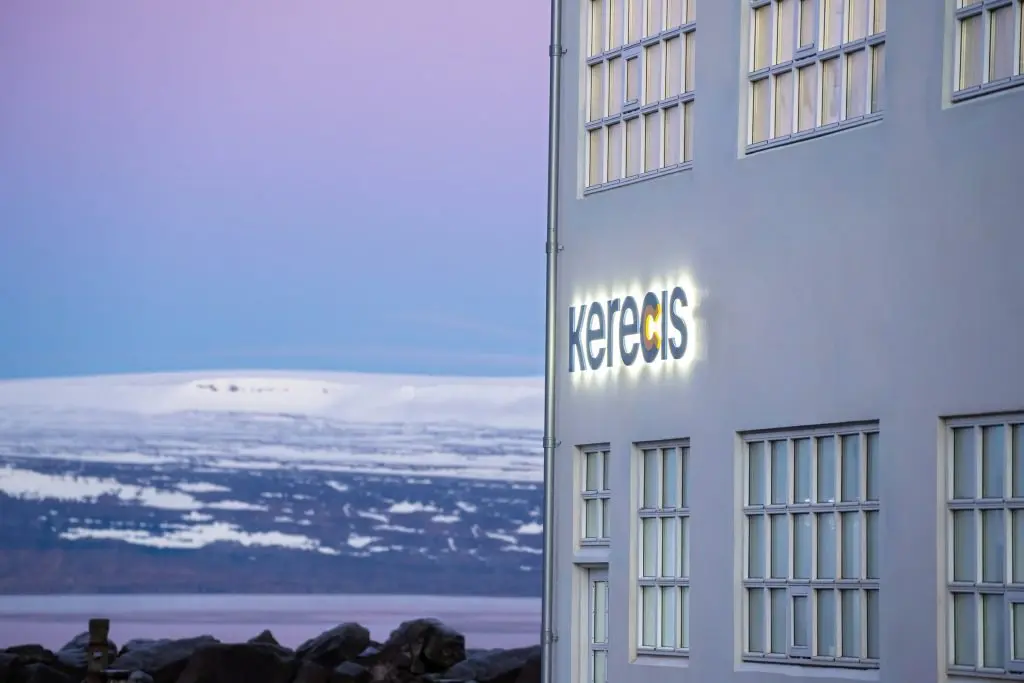

Large, mesh fish-skin grafts from Iceland can bring relief to patients and help them regain active lives
WAILEA, HAWAII, and REYKJAVIK, ICELAND — April 20, 2021 — Kerecis®, the company that is pioneering the use of fish skin in tissue regeneration and wound care, today announced its new product, Kerecis Omega3 GraftGuide™, at the 43rd Annual John A. Boswick Burn & Wound Care Symposium.
Kerecis Omega3 GraftGuide is intact fish skin that uniquely addresses the challenges of burn healing. Because no disease-transfer risk exists between cold-water fish and humans, the Kerecis fish skin is only gently processed and retains its similarity to human skin. The gentle processing preserves the skin’s original three-dimensional structure, with its inherent natural strength, complexity and molecules (such as Omega3 and other fatty acids) maintained.
Large, Meshed Fish-skin Grafts
The new, large fish-skin grafts come in multiple configurations including pre-meshed in a 2:1 ratio and in sizes such as 250 cm2 (38 square inches) and 300 cm2 (46 square inches). After hydration with saline, the pliable product can stretch to cover even larger areas than its original size.
Kerecis Omega3 GraftGuide is applied to the wound bed after debridement. The product is cleared by the FDA under the 510(k) regulatory pathway and is used to prepare for autografting, to enhance autograft take, to minimize the need for autograft harvesting and even to act as an alternative to autografting.
“Today’s introduction of Kerecis Omega3 GraftGuide is the result of several years of development and clinical trials where Kerecis has enjoyed the substantial support of the U.S. Department of Defense,” said Kerecis Founder and CEO Fertram Sigurjonsson. “This new product will ease suffering of both civilians and military personnel, helping patients to regain active lives.”
“Kerecis provides an optimal healing environment,” said Jeffrey Shupp, MD, FACS, director of the Burn Center at MedStar Washington Hospital Center and Professor of Surgery at Georgetown University School of Medicine in Washington, D.C. “I´ve seen that it helps modulate the burn wound immediately after debridement through accelerated incorporation, vascularization and epithelization.”
The product launch took place at breakfast symposia on “Management of Burns & Trauma Wounds in Austere Conditions” and “Scientific and Clinical Insights on the Use of Fish-Skin Grafts for Burn Wounds” at the Boswick conference.